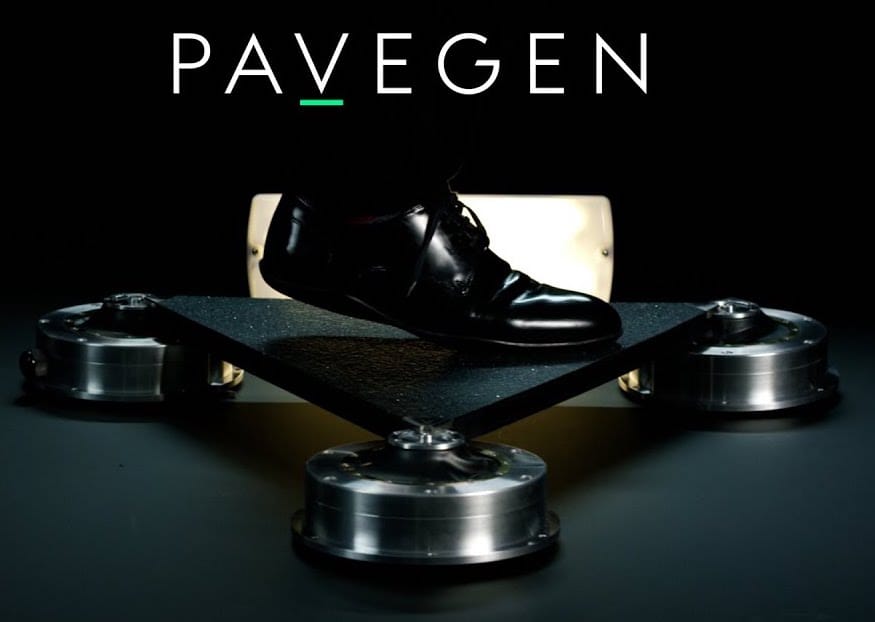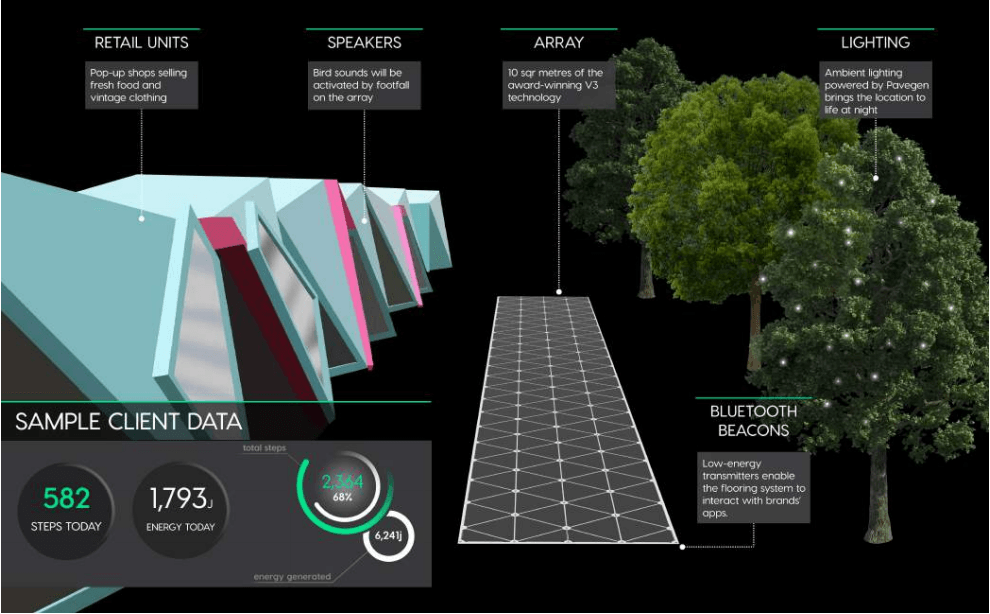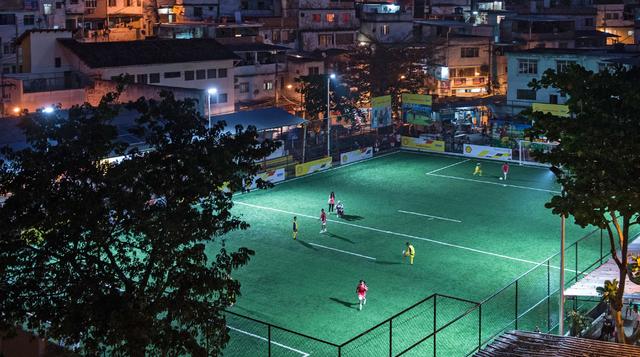Innovation in Renewable Energy Part 2: PaveGen Paving the Way
Pavegen technology converts kinetic footsteps into electricity to power services in high-footfall locations. This blog explores the technologies real world application and how it might be used in the future.
Innovation in Renewable Energy Part 2: PaveGen Paving the Way
Introduction
Sustainable renewable energy can derive from many sources. There are many popular ways of generating electricity such as through the wind and wind turbines, water and hydroelectric power or from the sun through solar panels. But as the First Law of Thermodynamics highlights “Energy can be changed from one form to another, but it cannot be created or destroyed.” This opens the door to innovation in the field of renewable energy with entrepreneurs coming up with unique and unusual ways to generate electricity. Pavegen for example has paved the way in this field coming up with a creative solution to generate power through the kinetic energy produced by footfall in urban areas.

Image 1) Pavegen technology tile
Paving the Way.
Pavegen's technology converts kinetic footsteps into electricity to power services in high-footfall locations and provides real-time data analytics for local businesses or councils. The idea was founded in 2009 by Laurence Kemball-Cook who was inspired to come up with the idea while at Loughborough University who wanted to do something to help the environment. Laurence & his team found an effective way to yield as much energy from a single footstep through a triangle-shaped pressure plate topped with a tile made from recycled tyres. The energy created is passed through an electromagnetic generator. When you step on the tile your downward weight is converted into rotational kinetic energy which is stored and creates a positive EMF that generates 100 volts AC of useable power. This power can be used for street lighting, mobile charging benches or can even be put into the national grid (Image 2). Pavegen say they won’t be able to power the world with this product but are working to make the technology as low cost and accessible as possible. What Pavegen have found through their research is that it is extremely difficult to generate renewable energy in urban areas with little space for wind turbines and limited locations available for hydroelectric power meaning Pavegen is a unique way to generate electricity in high footfall urban areas. Ultimately Laurence has highlighted that producing the product has been a challenge but highlights that although the product is more expensive than standard street pavement the product produces power and analytics which is one of the most valuable assets in the world today. More importantly, it gets humans engaging with renewable energy.

Image 2) How Pavegen works in a retail area.
Application in the Real World
Pavegen have found a unique and fun way for humans to create renewable energy but, how does this look in practice? So far, the company has delivered over 100 projects, including the product being installed in Heathrow Airport and Harrods. Many local Councils have also implemented the product. In Central Bedfordshire for example a £22.9M investment has allowed the council to install the technology at the Leighton Buzzard Train station which annually sees 1.75 million commuters. The council say their product has helped engage commuters, showcase the council commitment to sustainability and generate clean sustainable energy. Pavegen also features globally across 30 countries and has so far generated a cumulative revenue of over £2.5 million. In Brazil for example Pavegen Partnered with Shell to install the technology in football pitches which helps power the floodlights for the pitch (Image 3). the product was present in Washington DC during the 2016 presidential inauguration which saw millions of people generate power. With a global distribution network in place and internationally granted patents, the next step for the company is to scale. There are endless possibilities to this product and we could see this be featured in football matches, concert venues or even on our high streets. If you have any innovative ideas on how this product could be used in the future we’d love to hear from you, send your ideas to Gettheedge@serc.ac.uk to let us know.

Image 3) Brazil soccer field harnesses player-power through Pavegen.
Share This:
